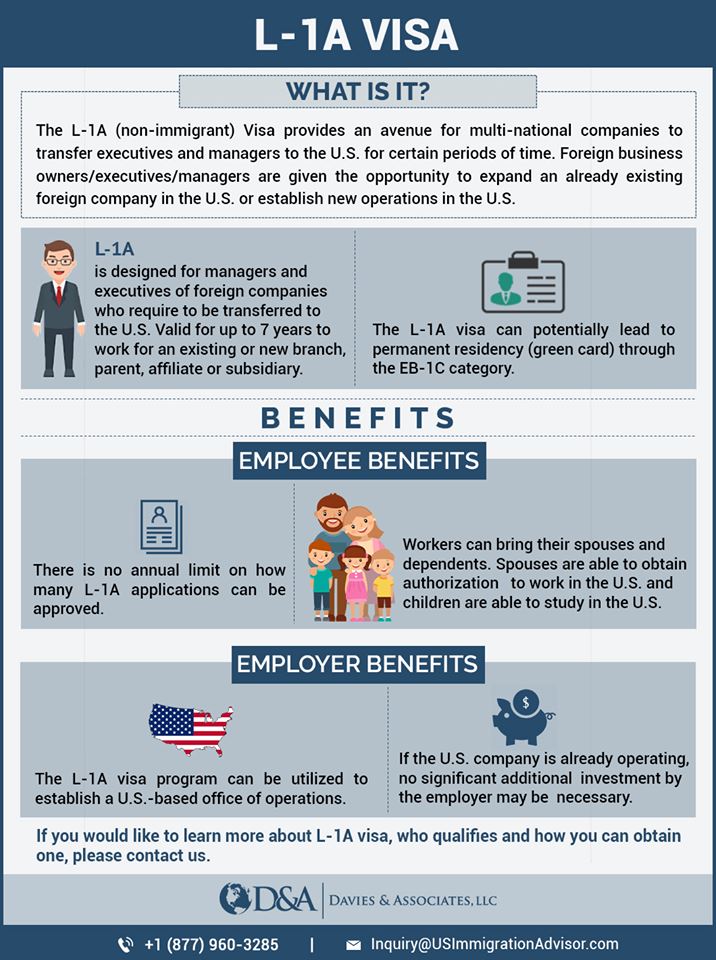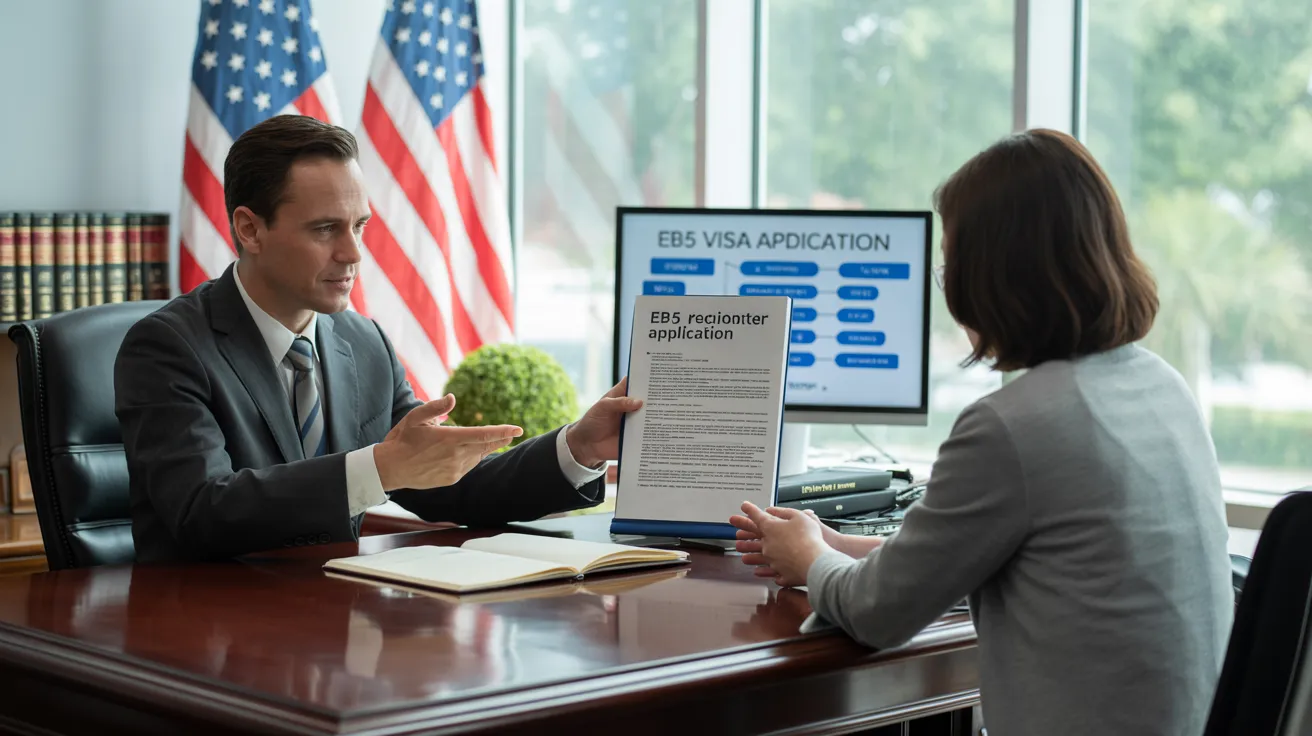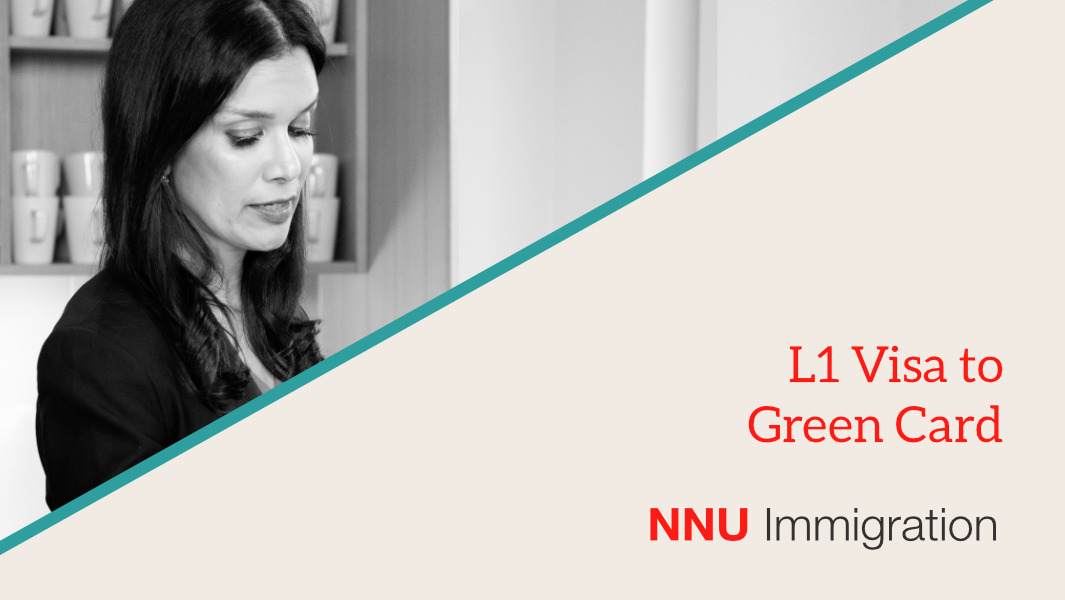How L1 Visa can Save You Time, Stress, and Money.
Table of ContentsSome Known Questions About L1 Visa.The L1 Visa IdeasHow L1 Visa can Save You Time, Stress, and Money.The 5-Minute Rule for L1 VisaThe Best Strategy To Use For L1 VisaNot known Incorrect Statements About L1 Visa
Offered from ProQuest Dissertations & Theses Worldwide; Social Science Premium Collection. (2074816399). (PDF). Congress. (PDF). DHS Office of the Inspector General. (PDF). (PDF). "Nonimmigrant Visa Data". Recovered 2023-03-26. Department of Homeland Security Workplace of the Inspector General, "Review of Susceptabilities and Possible Abuses of the L-1 Visa Program," "A Mainframe-Size Visa Loophole".
United State Division of State. Retrieved 22 August 2016. "Employees paid $1.21 an hour to install Fremont technology business's computers". The Mercury Information. 2014-10-22. Retrieved 2023-02-08. Costa, Daniel (November 11, 2014). "Obscure short-term visas for international tech employees depress wages". Capital. Tamen, Joan Fleischer (August 10, 2013). "Visa Owners Replace Workers".
Fascination About L1 Visa
In order to be eligible for the L-1 visa, the foreign business abroad where the Recipient was used and the united state company need to have a certifying partnership at the time of the transfer. The various kinds of qualifying connections are: 1. Parent-Subsidiary: The Moms and dad suggests a firm, company, or various other lawful entity which has subsidiaries that it possesses and regulates."Subsidiary" means a firm, corporation, or various other legal entity of which a parent has, straight or indirectly, greater than 50% of the entity, OR has much less than 50% however has monitoring control of the entity.
Instance 1: Firm A is included in France and employs the Beneficiary. Company B is integrated in the united state and desires to seek the Beneficiary. Firm A has 100% of the shares of Business B.Company A is the Moms And Dad and Firm B is a subsidiary. There is a certifying partnership in between the two companies and Company B should be able to fund the Beneficiary.
Example 2: Firm A is integrated in the united state and wishes to seek the Recipient. Company B is integrated in Indonesia and employs the Recipient. Business An owns 40% of Firm B. The staying 60% is had and controlled by Company C, which has no connection to Business A.Since Company A and B do not have a parent-subsidiary partnership, Business A can not fund the Beneficiary for L-1.
Firm An owns 40% of Business B. The staying 60% is possessed by Firm C, which has no relationship to Business A. Nevertheless, Company A, by official arrangement, controls and complete manages Firm B.Since Business An owns much less than 50% of Company B but handles and regulates the company, there is a qualifying parent-subsidiary partnership and Firm A can sponsor the Beneficiary for L-1.
All about L1 Visa
Associate: An associate is 1 of 2 subsidiaries thar are both had and regulated by the very same moms and dad or individual, or had and managed by the exact same team of people, in primarily the very same proportions. a. Instance 1: Firm A is incorporated in Ghana and employs the Beneficiary. Firm B is included in the united state
Company C, also included in Ghana, has 100% of Business A and 100% of Company B.Therefore, Firm A and Business B are "affiliates" or sister firms and a L1 Visa guide qualifying connection exists in between both firms. Business B ought to be able to fund the Recipient. b. Example 2: Company A is integrated in the U.S.
Business A is 60% possessed by Mrs. Smith, 20% possessed by Mr. Doe, and 20% possessed by Ms. Brown. Firm B is incorporated in Colombia and presently utilizes the Beneficiary. Company B is 65% owned by Mrs. Smith, 15% had by Mr. Doe, and 20% had by Ms. Brown. Company A and Business B are associates and have a certifying connection in two various methods: Mrs.
The L-1 visa is an employment-based visa group developed by Congress in 1970, allowing multinational business to transfer their supervisors, execs, or vital personnel to their U.S. operations. It is typically described as the intracompany transferee visa. There are two major kinds of L-1 visas: L-1A and L-1B. These types are appropriate for staff members worked with in various positions within a business.

Furthermore, the recipient should have functioned in a managerial, executive, or specialized employee position for one year within the three years preceding the L-1A application in the foreign firm. For new office applications, international employment should have been in a supervisory or executive ability if the beneficiary is coming to the United States to function as a supervisor or executive.
Little Known Questions About L1 Visa.

If provided for a united state business operational for greater than one year, the initial L-1B visa explore your L1 Visa is for up to 3 years and can be prolonged for an extra 2 years (L1 Visa). Alternatively, if the united state firm is recently established or has been functional for less than one year, the preliminary L-1B visa is issued for one year, with extensions readily available in two-year increments
The L-1 visa is an employment-based visa category developed by Congress in 1970, permitting international business to transfer their supervisors, execs, or crucial personnel to their united state procedures. It is generally described as the contact us intracompany transferee visa. There are 2 major kinds of L-1 visas: L-1A and L-1B. These types appropriate for workers hired in various settings within a business.
L1 Visa - Questions
Additionally, the recipient must have worked in a supervisory, executive, or specialized worker placement for one year within the three years preceding the L-1A application in the international company. For new workplace applications, international work should have remained in a managerial or executive capacity if the beneficiary is concerning the United States to function as a manager or executive.
for up to seven years to manage the procedures of the U.S. affiliate as an executive or supervisor. If released for a united state company that has been operational for even more than one year, the L-1A visa is originally granted for up to three years and can be prolonged in two-year increments.
If provided for an U.S. company operational for greater than one year, the first L-1B visa is for approximately three years and can be prolonged for an additional two years. Alternatively, if the U.S. business is freshly established or has been operational for much less than one year, the first L-1B visa is released for one year, with expansions available in two-year increments.